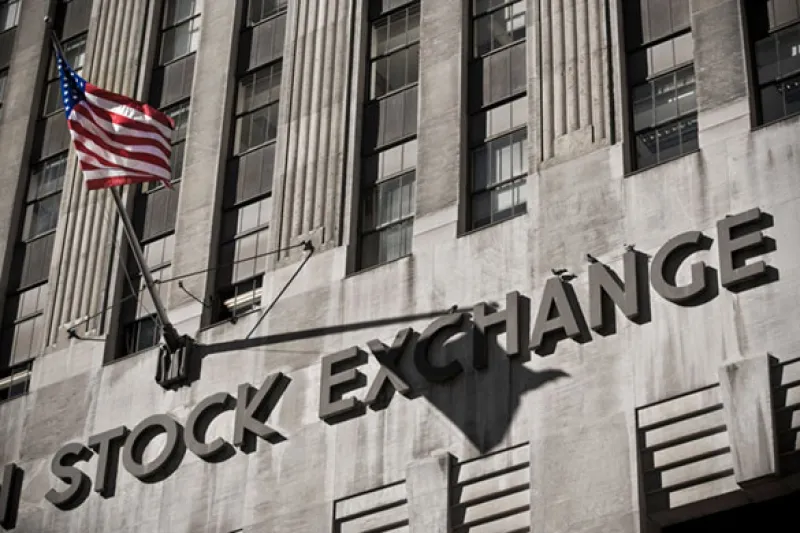At the top of Richard Ennis’s new paper is a statement that says that comments are welcome.
With endowments having reported record returns over the last few months and criticism of the endowment model reaching a fever pitch, Ennis is sure to get plenty of comments on his new research.
The paper, entitled, “The Modern Endowment Story: A Ubiquitous U.S. Equity Risk Premium,” primarily analyzes the asset allocation of the largest college and university endowments. Ennis addresses how endowments have divvied up the funds they oversee between stocks, bonds, cash, private companies and their debt, real estate, infrastructure, energy, and other investments — as well as the countries and regions in which those endowments prefer to invest. His findings? The equity risk premium is embedded in the primary asset classes that endowments own, whether that’s venture capital or private debt. Endowments own the U.S. stock market.
It’s not the first time that Ennis, who founded EnnisKnupp, one of the largest consulting firms, has scrutinized U.S. endowments. Earlier this year, he evaluated the performance from 1974 to 2020 of these widely followed institutions. One of his primary findings was that over the last decade or so, stocks and bonds alone essentially drove endowment fund performance. Contrary to what many people believe, alternative investments did not provide a diversified source of returns. Ennis has also published research showing that the endowment model itself hasn’t provided diversification benefits, and that it has actually underperformed a passive portfolio since the 2008 global financial crisis.
The endowment model was pioneered by the late David Swenson, CIO of Yale University. In the early 2000s, endowments in general raced to use the strategy, which, among other things, included investing heavily in alternatives like private equity, hedge funds, and real estate. Some used the model with great success, while others reported middling returns. But the one constant was criticism.
Ennis’s current research digs into the composite of 100 large endowments (those with assets valued at more than $1 billion) created by the National Association of College and University Business Officers (NACUBO). Ennis finds that the U.S. equity market has played an outsized role in explaining the risk and return results for endowments over the 13 years ending June 30, 2021. Asset allocation over those years can best be described as 97 percent U.S. equities and 3 percent bonds. Bonds essentially represented only 16 percent of the portfolios over that period and declined to 3 percent over five years, with exposure to international stocks disappearing almost entirely. Keep in mind that Ennis is determining effective risks and exposures based on returns-based regressions, not the actual portfolio positions.
In his research, Ennis shows that all of the various asset classes that endowments mix into their portfolios are driven, to varying degrees, by the equity risk premium. The behavior of investments such as venture capital and high-yield bonds, which may seem very different from one another on paper, are all driven by stocks. “U.S. equity market beta has been an important driver of return across the board — in public markets and private; in hedge funds; in real estate; in U.S. and non-U.S. equities; and in some segments of fixed income,” he writes in the paper.
As an example of how equity risk is everywhere, Ennis says that endowments have steadily decreased their fixed-income allocations and have also swerved to add credit risk — presumably to earn higher yields. But betting on the credit worthiness of a company is a lot like betting on a stock itself. “The equity risk premium is indeed ubiquitous, arising even in bond portfolios,” he writes.
When it comes to performance relative to the benchmark, Ennis calculates an average annual excess return of -4.1 percent over the 13 years. And as someone who has helped big institutions adopt complex strategies, he is unsparing in his criticism of the investment strategy used by most large endowments. In his opinion, they would be much better off using index funds. “Each fund has fashioned its own complex portfolio in its own unique way. But the collective effect is as clear as it is simple: For all intents and purposes, the endowments own the U.S. stock market. They are not, however, getting the return of the stock market.”
Ennis’s research further shows that the underperformance can’t be solely attributed to fees and expenses. “The margin of underperformance exceeds the upper end of the range of estimated investment expense by more than a percentage point. This casts doubt on the ability of investment managers to beat the market before fees, even when they are free to invest off the beaten path,” he said.







